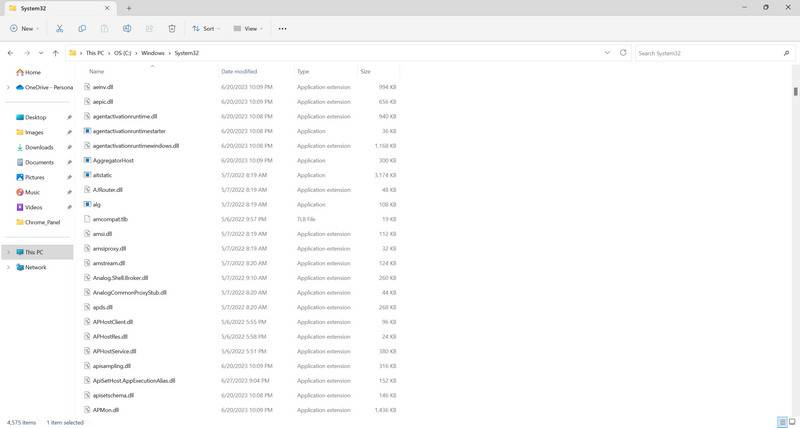When it comes to computer errors, few things can be as frustrating as encountering a DLL error. One such error that Windows users may come across is related to the Nvoglv64.dll file. In this article, we will explore what Nvoglv64.dll is, why errors occur, and how to fix them.

This Article Contains:
Understanding Nvoglv64.dll
Nvoglv64.dll is a dynamic link library file associated with NVIDIA graphics drivers. DLL files contain code and data that multiple programs can use simultaneously, which helps to reduce redundancy and improve efficiency. The Nvoglv64.dll file specifically handles the OpenGL functionality for NVIDIA graphics cards.
OpenGL is a widely used graphics API (Application Programming Interface) that allows software developers to create 2D and 3D graphics across various platforms. It provides a set of functions and commands that enable applications to interact with the graphics hardware.
Common Nvoglv64.dll Errors
Errors related to Nvoglv64.dll can manifest in different ways, and they can occur due to various reasons. Some of the common error messages associated with Nvoglv64.dll include:
- “Nvoglv64.dll not found”
- “Nvoglv64.dll is missing”
- “Nvoglv64.dll crash”
- “Nvoglv64.dll access violation”
These errors can occur when the Nvoglv64.dll file is corrupted, missing, or incompatible with the installed graphics drivers. Other factors that can contribute to these errors include malware infections, outdated drivers, or conflicts with other software.
How To Fix Nvoglv64.dll Errors
Now that we understand what Nvoglv64.dll is and why errors occur, let’s explore some methods to fix these errors:
Method 1: Update Graphics Drivers
Outdated or incompatible graphics drivers can often cause Nvoglv64.dll errors. To update your graphics drivers:
- Open the Device Manager by right-clicking on the Start button and selecting “Device Manager”.
- Expand the “Display adapters” category.
- Right-click on your NVIDIA graphics card and select “Update driver”.
- Choose the option to search automatically for updated driver software.
- Follow the on-screen instructions to complete the driver update process.
After updating the drivers, restart your computer and check if the Nvoglv64.dll error persists.
Method 2: Reinstall NVIDIA Graphics Drivers
If updating the drivers did not resolve the issue, you can try reinstalling the NVIDIA graphics drivers:
- Download the latest NVIDIA graphics drivers from the official NVIDIA website.
- Uninstall the current NVIDIA graphics drivers by going to the Control Panel, selecting “Uninstall a program”, and uninstalling any NVIDIA-related software.
- Restart your computer.
- Run the downloaded NVIDIA driver installer and follow the on-screen instructions to install the latest drivers.
- Restart your computer again and check if the Nvoglv64.dll error is resolved.
Method 3: Scan for Malware
Malware infections can also cause Nvoglv64.dll errors. It is recommended to scan your computer for malware using a reliable antivirus or anti-malware software. We recommend using Malwarebytes Free for comprehensive malware detection and removal.
Method 4: Perform System File Check
Corrupted system files can contribute to Nvoglv64.dll errors. To check and repair system files:
- Open the Command Prompt as an administrator by right-clicking on the Start button and selecting “Command Prompt (Admin)”.
- Enter the command “sfc /scannow” and press Enter.
- Wait for the system file check to complete. If any corrupted files are found, they will be automatically repaired.
- Restart your computer and check if the Nvoglv64.dll error is resolved.
Summary
Nvoglv64.dll is an important file associated with NVIDIA graphics drivers and handles OpenGL functionality. Errors related to Nvoglv64.dll can occur due to various reasons, including corrupted or missing files, outdated drivers, or malware infections. To fix these errors, it is recommended to update or reinstall the graphics drivers, scan for malware, and perform a system file check. By following these methods, you can resolve Nvoglv64.dll errors and ensure smooth functioning of your computer’s graphics capabilities.










